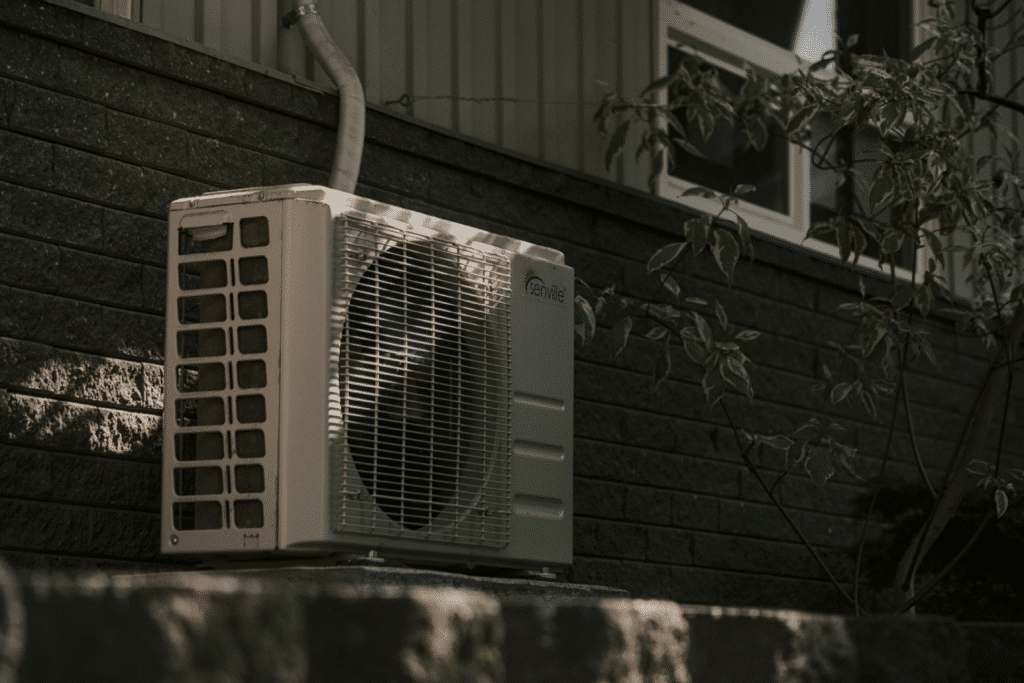
Summer can get brutal, and when your air conditioner stops cooling, things heat up quickly—both in your home and your frustration levels. It’s a common problem for homeowners, especially during peak usage. One day your AC is humming along just fine, and the next it’s blowing warm air or barely any air at all. But before you panic and call a technician, it’s worth checking out a few common culprits that could be at play. Most cooling issues stem from simple problems with clear solutions. This guide walks you through the most frequent reasons your AC might not be cooling and how you can fix them.
1. Incorrect Thermostat Settings
Many cooling problems begin at the thermostat. It might seem basic, but you’d be surprised how often people overlook this. If your thermostat is set to “fan” instead of “cool,” it will blow air without lowering the temperature. Also, make sure the set temperature is below the current room temperature. Try switching it off for a minute, then back on. Sometimes the system just needs a reset. If you’re using a smart thermostat, check its app settings and ensure the schedule hasn’t changed accidentally. A few simple tweaks here might bring your AC back to full performance.

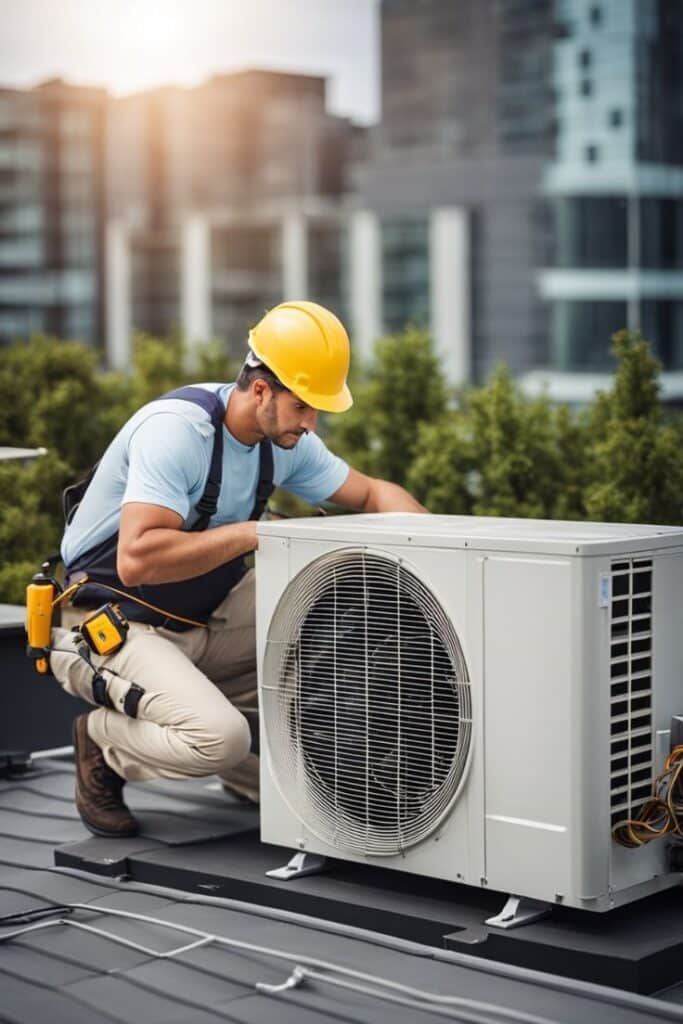
2. Dirty or Clogged Air Filters
Your AC relies on air filters to keep dust, pollen, and other particles from entering the system. Over time, these filters clog up, reducing airflow and making it harder for your unit to cool efficiently. This not only weakens performance but also strains the system and can cause more serious issues like frozen evaporator coils. Ideally, you should check your filters once a month and replace them every one to three months, depending on use. A clogged filter can even lead to bigger issues like an AC refrigerant leak, which is a more costly and complex problem. Don’t let a cheap filter cause an expensive repair.
3. Blocked or Dirty Condenser Coils
Your outdoor condenser unit plays a major role in cooling. It expels the heat your system removes from inside your home. When the coils become covered in dirt, grass clippings, or debris, they can’t release heat properly. As a result, your system has to work much harder and cools far less effectively. Check the unit and gently clean off any visible buildup. Be sure to turn off power to the unit first. Use a garden hose and spray from top to bottom. Avoid using high-pressure nozzles, which could damage the fins. Keeping your condenser clean goes a long way in preventing cooling issues.
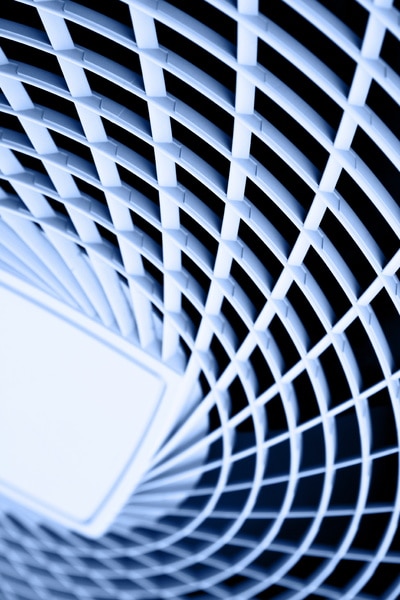
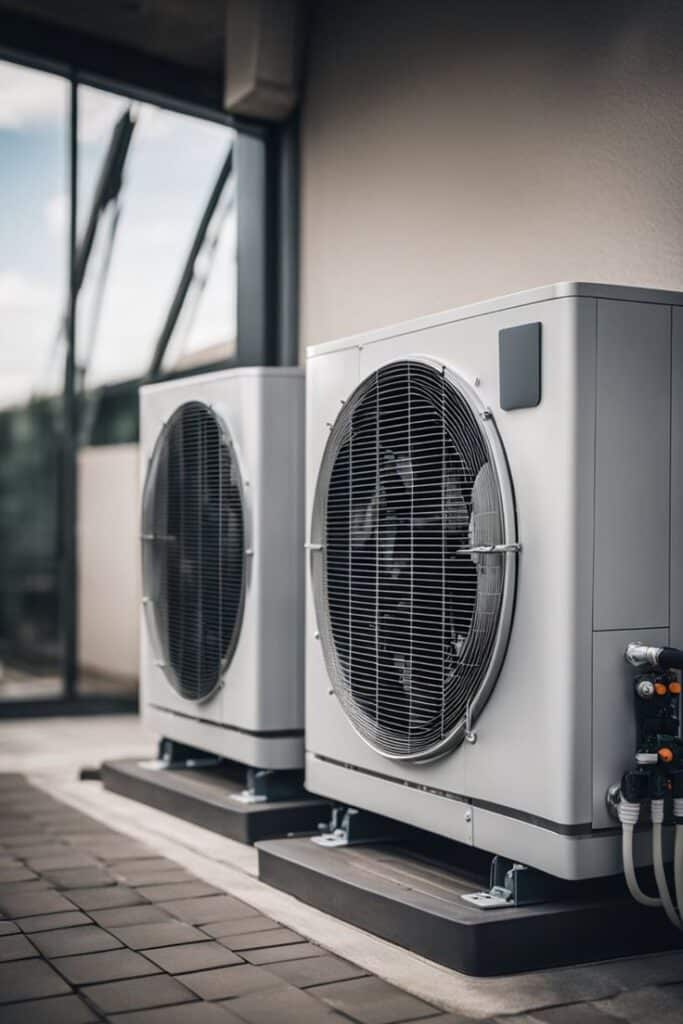
4. Low Refrigerant Levels
Refrigerant is the lifeblood of your AC system. It’s the substance that absorbs heat from your indoor air and releases it outside. If the refrigerant level drops, your AC will struggle to cool your space. Unlike gasoline in a car, refrigerant doesn’t get used up. If it’s low, there’s a leak somewhere. This could be due to worn-out valves, joints, or punctured coils. You should never attempt to refill refrigerant on your own—it’s a task for licensed HVAC professionals. They’ll find the leak, fix it, and recharge the system. Left unchecked, low refrigerant can cause compressor failure, which is an expensive fix.
5. Faulty Capacitors or Relays
Capacitors and relays control the electrical functions of your AC, including the fan and compressor. When these components fail, your system might turn on but won’t actually cool. You might hear a humming noise or notice your outdoor unit not running even though the thermostat calls for cooling. Capacitors wear out over time, especially in areas with lots of power fluctuations or high temperatures. A technician can easily test and replace them if needed. If your AC struggles to start or randomly shuts off, there’s a good chance one of these components is at fault.

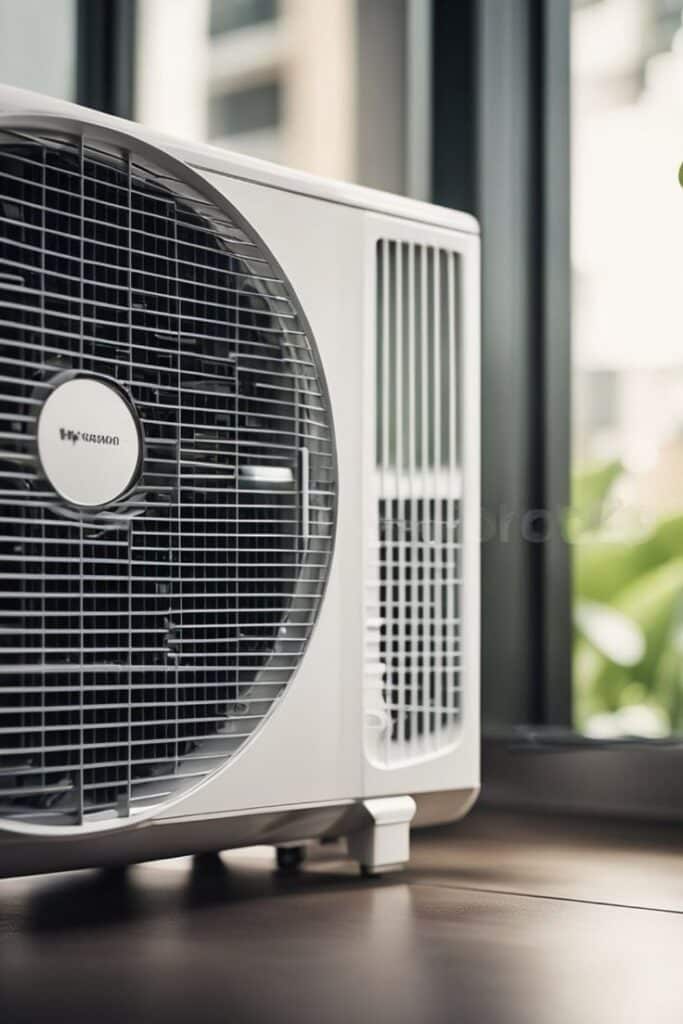
6. Tripped Circuit Breakers
Electrical issues often sneak up on homeowners. If your AC unit suddenly stops working, head to your breaker panel. A tripped breaker can cut power to your AC without any warning. This can happen if the system draws too much current, often during extremely hot days when it’s working overtime. Reset the breaker by flipping it completely off, then back on. If it trips again soon after, don’t keep resetting it—this indicates a deeper problem. It might be a faulty capacitor, motor, or even a short circuit. In such cases, you’ll need a licensed electrician or HVAC technician to investigate.
7. Leaky or Disconnected Ductwork
Your ductwork is like a highway system for cool air, but if there are leaks or disconnections, much of that air never reaches your rooms. Instead, it seeps into crawl spaces, attics, or walls. That means your AC is cooling spaces that don’t need it while leaving you sweating in the living room. Walk around your home and see if some rooms feel cooler than others. It’s a classic sign of duct problems. If you can access your ducts, inspect them for gaps, loose connections, or visible holes. Use metal-backed duct tape—not the cloth kind—to seal minor leaks yourself.
8. Frozen Evaporator Coils
Evaporator coils absorb heat from the air inside your home. But when airflow is restricted—often due to blocked vents or dirty filters—the coils can freeze over. You might notice ice on the coils or water puddles around your indoor unit. Once frozen, the system can’t absorb heat effectively, and cooling stops. Turn the unit off and let it thaw completely. It may take several hours. Then check and replace the filter and ensure nothing blocks airflow. If the coils keep freezing, your system might have airflow issues, blower fan problems, or even low refrigerant—all of which need professional attention.
Your air conditioner is a complex but dependable machine—when it gets the care it needs. From dirty filters and frozen coils to electrical issues and leaks, many cooling problems stem from issues that are easy to spot and fix if you know what to look for. Addressing these problems early keeps your system running longer, reduces energy bills, and ensures your home stays cool no matter how hot it gets outside. Remember, when in doubt, don’t guess. Call a trusted HVAC professional to avoid further damage. Stay cool, stay informed, and keep your AC in top shape all year long.
- 0shares
- Facebook0
- Pinterest0
- Twitter0


